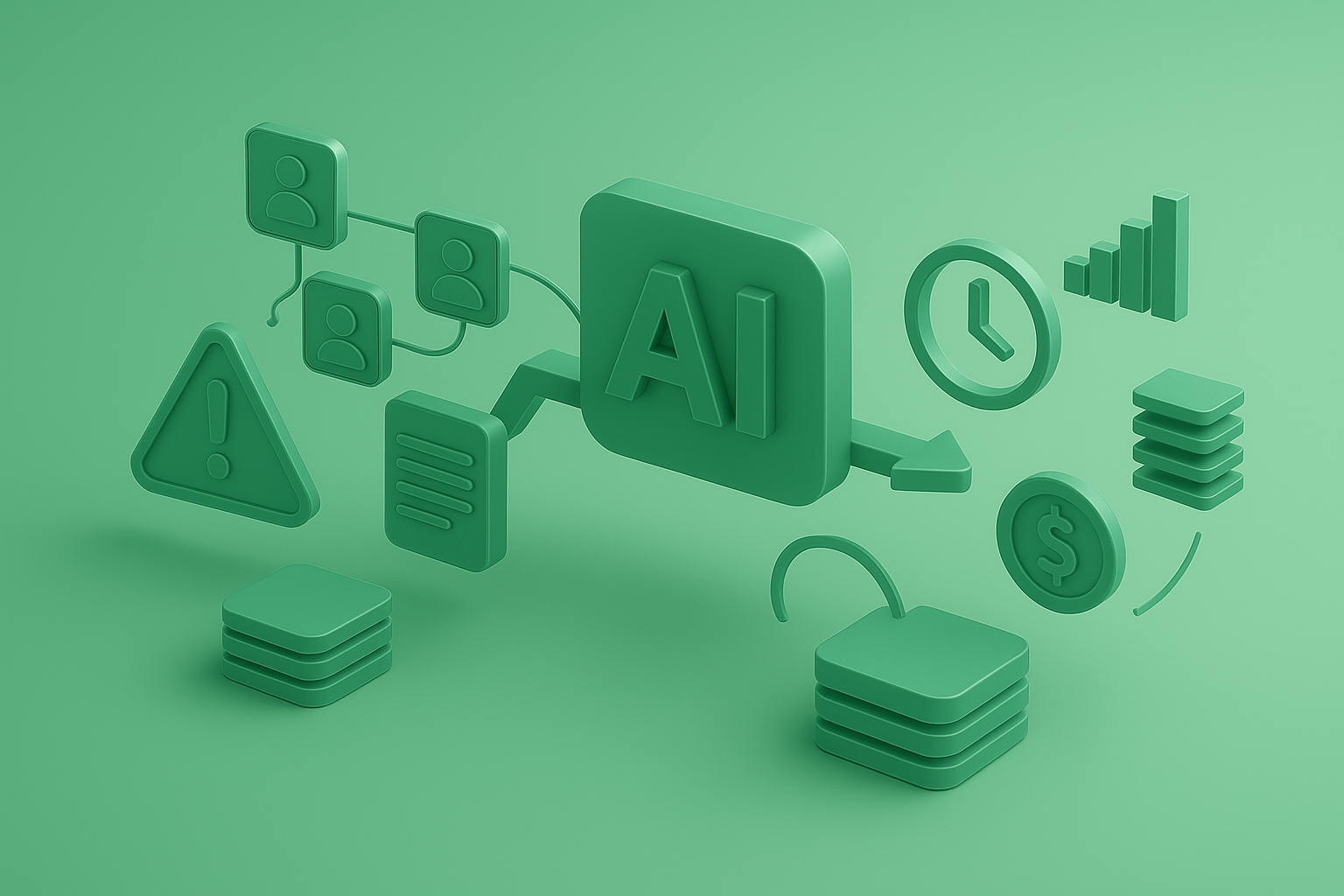The Hidden Cost of Delaying Digital Transformation in Procurement and Supply Chain

Category
Digital Transformation
Published Date
October 24, 2025
Reading Time
5 Min Read
Digital transformation is no longer a future ambition for procurement and supply chain leaders — it is the standard for organizations aiming to remain competitive. From AI-driven demand forecasting and predictive analytics to automated purchase-to-pay workflows and supplier collaboration platforms, digital capabilities have become essential for efficiency, visibility, and resilience.
Yet, despite the clear benefits, many organizations hesitate. Budget limitations, competing priorities, or uncertainty about ROI often delay investments. Sometimes the cause is cultural: a belief that legacy systems and manual processes are “good enough” or that change can wait. However, postponing transformation carries hidden costs that silently erode competitiveness, operational efficiency, and innovation capacity.
The Price of Standing Still: Strategic Disadvantage
The most immediate impact of delay is a widening performance gap. Gartner reports that only 15% of supply chains are fully prepared to respond to the demands of automated, AI-driven procurement systems (Gartner, 2025
Organizations that fail to modernize risk losing market share and supplier trust as competitors leverage technology to optimize sourcing, reduce costs, and respond to disruptions faster.
Over time, this gap compounds. Competitors gather richer, real-time data and make decisions with higher speed and accuracy. They can manage inventory efficiently, mitigate risks proactively, and innovate supplier relationships. Organizations that delay transformation remain tied to spreadsheets and legacy ERPs, struggling to match the agility of digitally mature peers.
Operational Inefficiency: The Hidden Drain
Waiting to digitize procurement processes does not preserve efficiency — it amplifies inefficiency. Manual approvals, disconnected systems, and paper-based workflows consume staff time, increase error rates, and limit scalability. Gartner highlights that 38% of supply chain organizations are actively improving technologies to support end-to-end processes (Gartner, 2025), emphasizing that modernization directly impacts operational performance.
This inefficiency comes at a tangible cost. A purchase-to-pay process reliant on human intervention will have slower cycle times, more errors, and higher per-transaction costs. Maintaining aging systems also accumulates technology debt: rising support costs, integration challenges, and cybersecurity vulnerabilities all drain resources. Delaying digital transformation often results in paying more to achieve less.
Innovation Deficit: Lost Opportunities for Growth
Procurement and supply chain digitalization is not only about cost reduction — it is about building capacity for innovation. Automated processes free teams to focus on strategic sourcing, supplier collaboration, and risk mitigation. Integrated data systems enable scenario planning, predictive analytics, and agile decision-making.
Delays, however, prevent this future from materializing. Teams remain consumed by operational firefighting, leaving little bandwidth to explore new supplier models, implement sustainable sourcing practices, or adopt emerging technologies. Gartner notes that organizations investing in digital transformation achieve higher agility and resilience, positioning themselves to pivot quickly during disruptions (Gartner, 2025.
How to Avoid the Trap: A Proactive Approach
The first step is recognizing digital transformation as strategic, not discretionary. A clear roadmap aligned with business outcomes ensures that each initiative delivers measurable value. Piloting high-impact projects — such as automating critical workflows, deploying real-time supplier dashboards, or leveraging AI for demand planning — can demonstrate ROI quickly and build internal momentum.
Governance and leadership are equally critical. Cross-functional teams with defined KPIs accelerate execution and adoption, while visible executive sponsorship mitigates resistance to change. Training, transparent communication, and a focus on the benefits for employees help embed a digital-first mindset across the organization.
Conclusion
The ROI of digital transformation is often framed in terms of gains — faster processes, cost reduction, and operational excellence. Equally important is the cost of inaction. Delaying digital initiatives in procurement and supply chain leads to higher operational inefficiencies, missed innovation opportunities, increased risk exposure, and declining competitiveness.
Organizations that act decisively, invest in digital tools, and foster a culture of change can turn transformation into a competitive advantage — before market forces make the decision for them.





